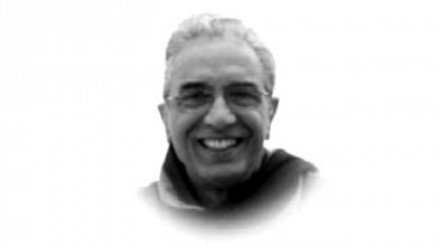
So where did we go wrong? To attempt to answer the question, let me use an analogy of building a house. The Quaid-i-Azam gave us a piece of land and a building plan (on August 11, 1947) but unfortunately he did not live long enough to oversee the building process. The job fell to unskilled masons and what may best be described as daily-wage workers. They had neither vision, nor skill, nor the supervision of the architect; they were mainly interested in keeping their jobs and earning their wages.
They laid the first brick, so to speak, in the form of the Objectives Resolution, barely six months after the death of the Quaid, and it was laid askew. Regardless of the intentions of the authors, the resolution provided a foothold to clerics in mainstream politics, which, until then, was not available to them because of their opposition to the Quaid and the idea of Pakistan. They used their newfound position to pour venom and hatred into the body politic of Pakistan, choosing Ahmadis as their first target. Within two years riots were engineered against the Ahmadis, and mayhem broke loose in the country, mainly in Punjab, which led to the imposition of the first martial law, in 1953. Pakistan was barely seven years old then.
Justices Muhammad Munir and M R Kayani, in their exhaustive inquiry report on the Punjab riots, termed the Objectives Resolution a “hoax” which “not only does not contain even a semblance of the embryo of an Islamic State but its provisions, particularly those relating to fundamental rights, are directly opposed to the principles of an Islamic State” (p203). However, we continued raising the wall on the crooked foundation until it could not sustain itself, and it collapsed in 1971. We had a fresh opportunity to rebuild what was left of Pakistan, but did not bother to straighten the crooked foundation. In fact, we embedded the Objectives Resolution in the constitution of 1973 and laid a new course of bricks totally off the plumb line, in the form of constitutional amendments in 1974. By the time Ziaul Haq was done with the constitution, the building that was Pakistan certainly did not look pretty and was decidedly unsound. The regimes that followed tried to plaster the cracks and paint the facade but never really looked at the crooked rows of bricks in the foundation. The result is before us.
Shaikh Sa’di, the legendary Persian poet, summed it best: Khisht-e-awwal chun kunad maimaar kaj/Ta surayya me rawad meenaar kaj — When you lay the first brick askew, the wall will never be straight or sound, no matter how high you raise it.
Pulished in the Express Tribune, Jue 13th, 2010.

















COMMENTS (11)
Comments are moderated and generally will be posted if they are on-topic and not abusive.
For more information, please see our Comments FAQ